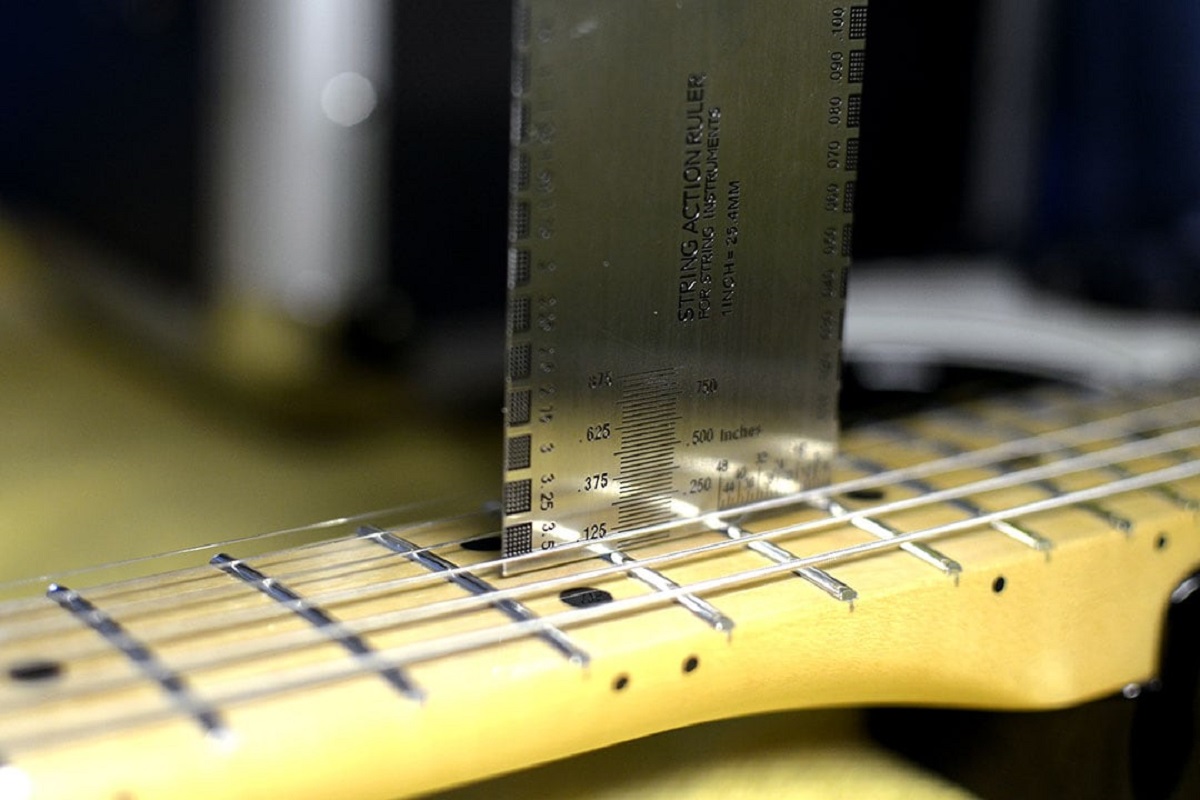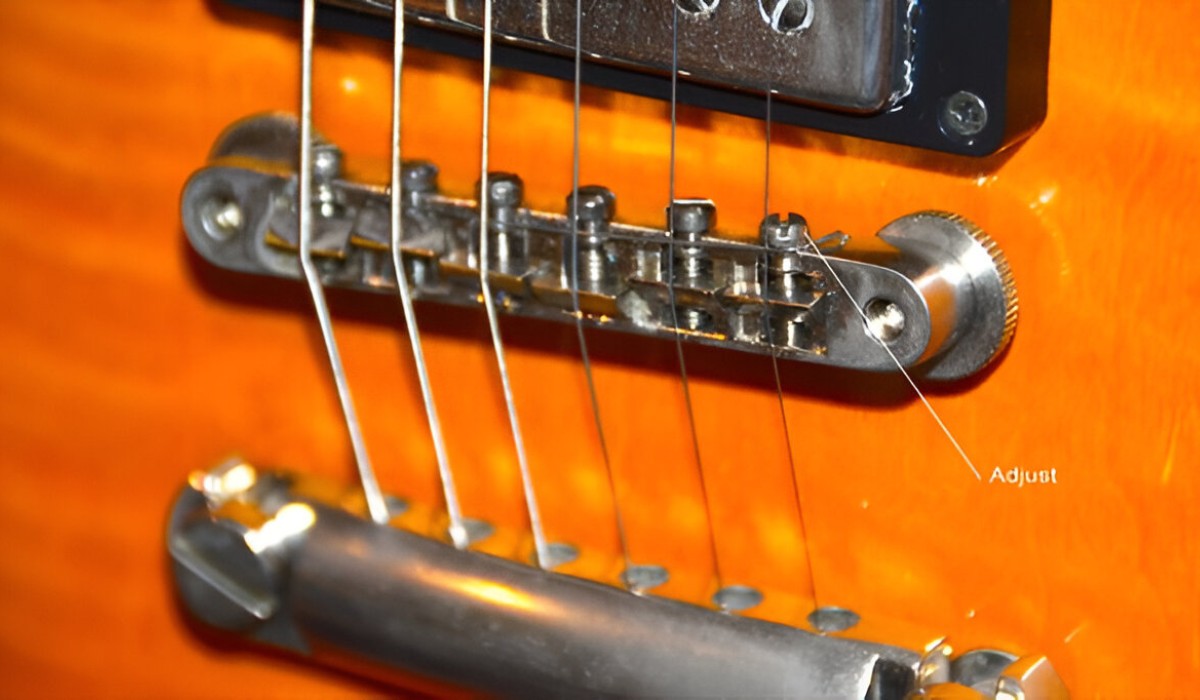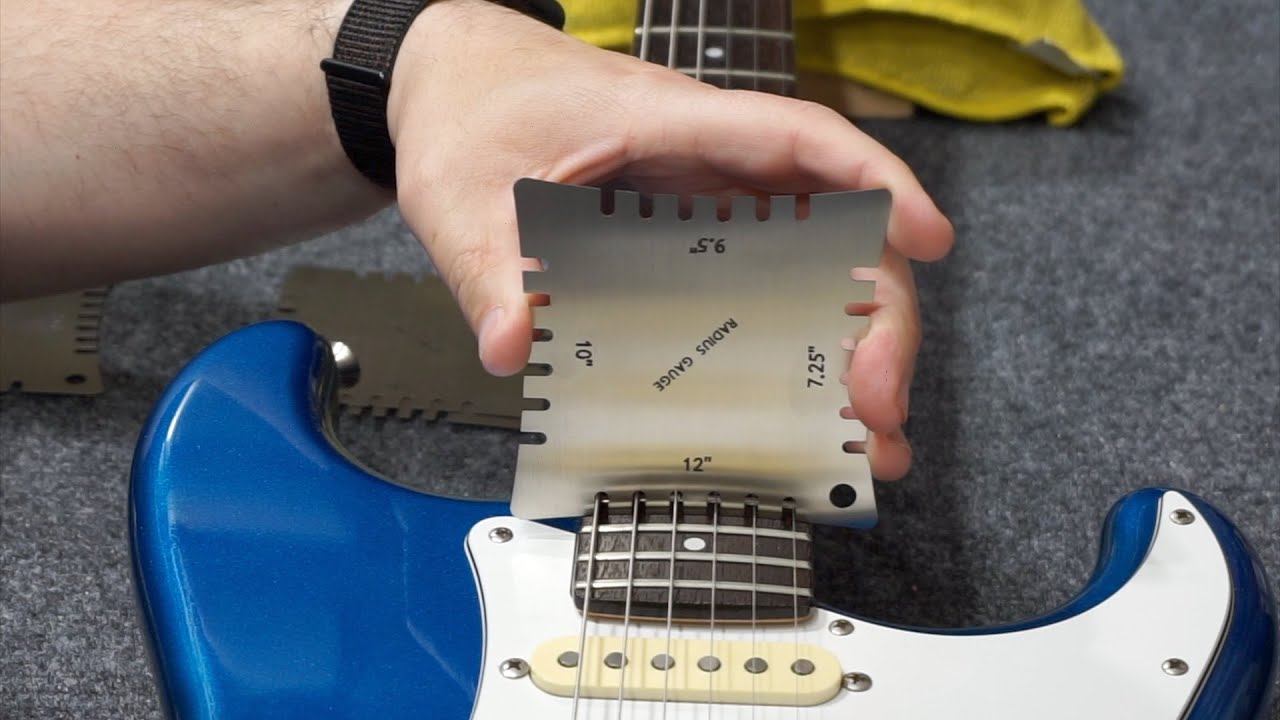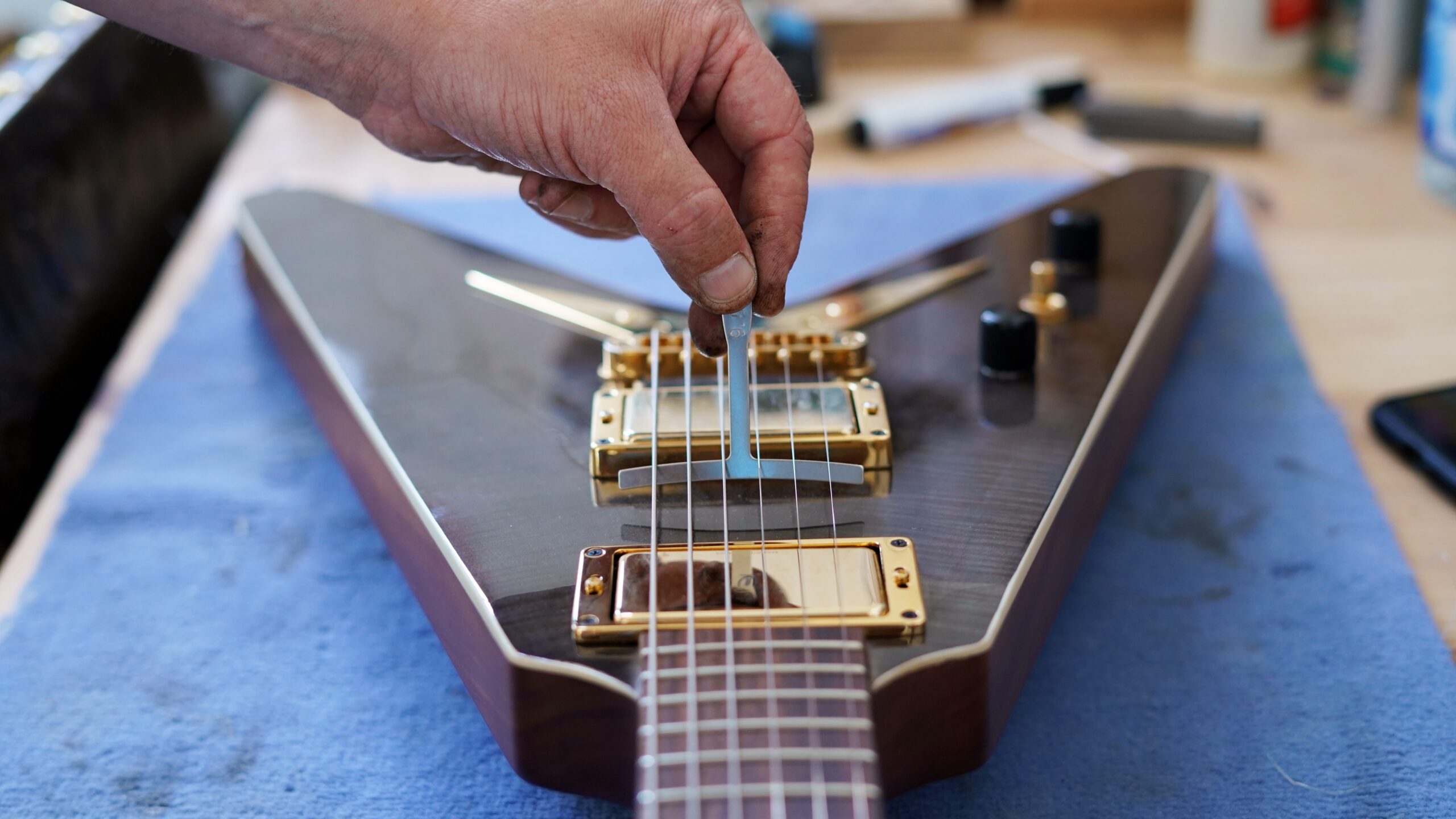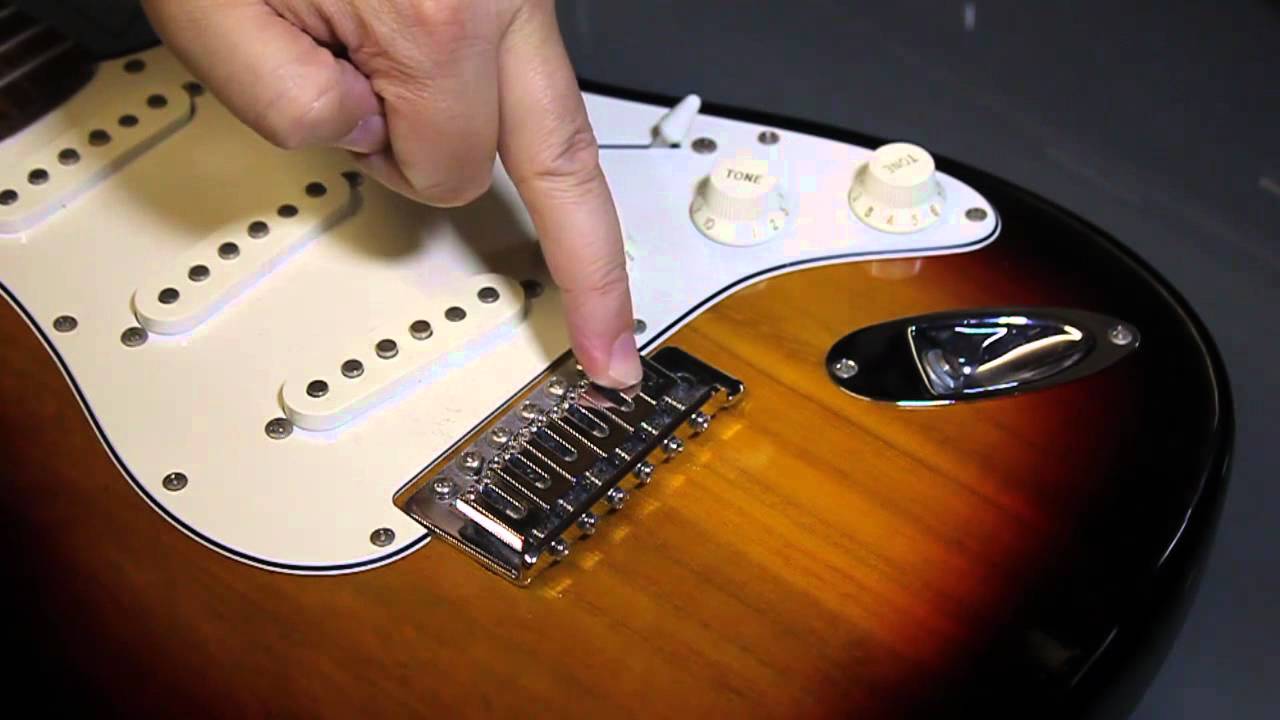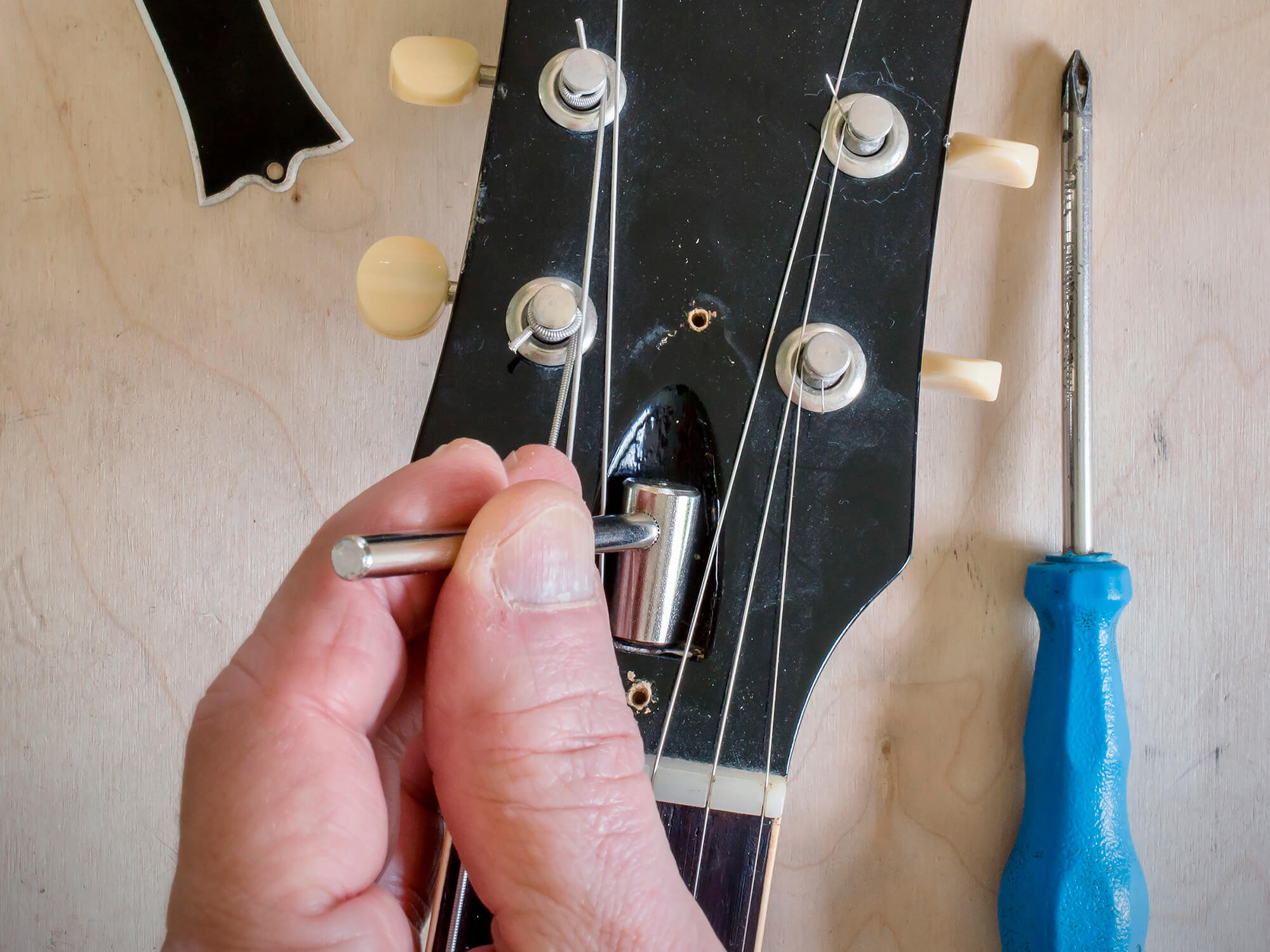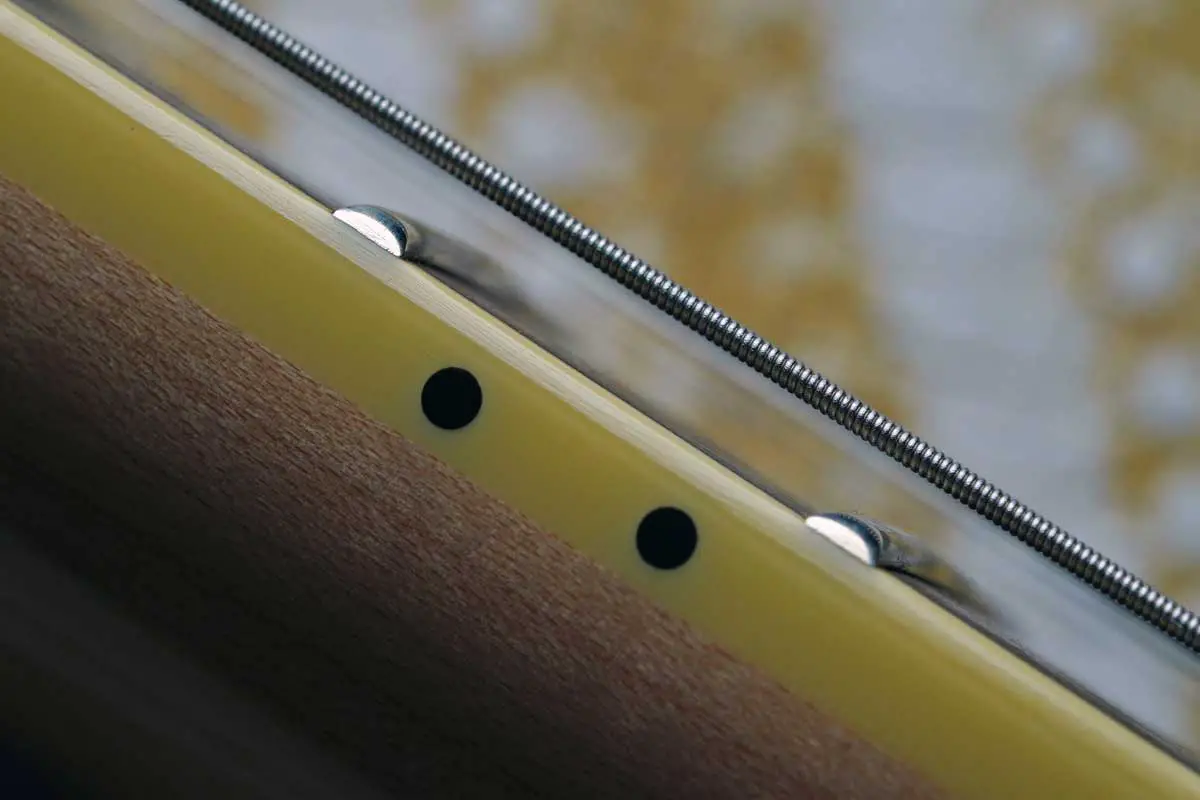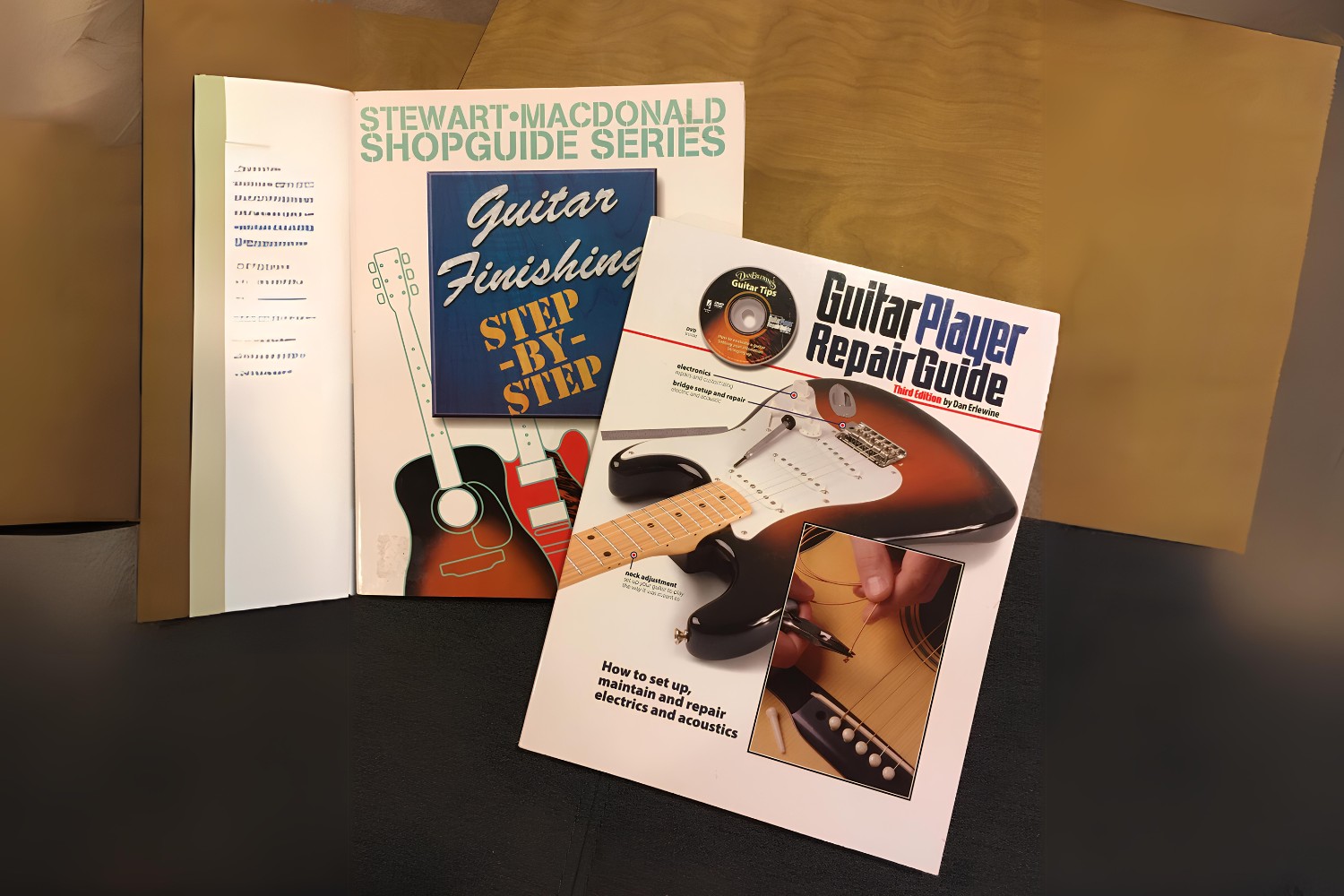Introduction
Adjusting the action on an electric guitar is a vital aspect of maintaining its playability and ensuring optimal performance. The action refers to the height of the strings above the fretboard, which significantly influences the instrument's playability, tone, and overall feel. Whether you're a seasoned guitarist or a novice player, understanding how to adjust the action on your electric guitar is an essential skill that can greatly enhance your musical experience.
Properly adjusted action can make playing more comfortable, reduce the risk of fret buzz, and improve the overall sound quality of the instrument. However, achieving the ideal action requires careful adjustment and attention to detail. By learning the necessary steps and techniques, you can customize the action to suit your playing style and preferences, ultimately leading to a more enjoyable and personalized playing experience.
In this guide, we will delve into the fundamentals of adjusting the action on an electric guitar, providing a comprehensive overview of the process and the tools required. Whether you prefer a lower action for faster playing or a slightly higher action for better sustain, understanding how to make these adjustments will empower you to tailor your instrument to your specific needs.
By the end of this article, you will have a clear understanding of why action adjustment is crucial, the tools needed for the process, and a step-by-step guide to effectively adjust the action on your electric guitar. So, let's dive in and explore the art of fine-tuning your instrument to achieve the perfect action for your playing style and musical preferences.
What is Action on an Electric Guitar?
The action on an electric guitar refers to the distance between the strings and the fretboard. It is a crucial factor that directly impacts playability, comfort, and overall performance. Essentially, the action determines how easy or challenging it is to press down the strings and produce clear notes. A lower action, where the strings sit closer to the fretboard, allows for easier fretting and faster playing, while a higher action, with greater string height, can provide better sustain and resonance.
When the action is too low, the strings may buzz against the frets, resulting in a distorted and undesirable sound. On the other hand, excessively high action can make it strenuous to press down the strings, leading to discomfort and potential intonation issues. Therefore, finding the optimal action for your playing style and preferences is crucial for achieving a comfortable and responsive playing experience.
Moreover, the action significantly influences the tone and sound of the guitar. A lower action can produce a brighter and more immediate sound, ideal for genres that require fast and precise playing, such as rock and blues. Conversely, a higher action can contribute to a warmer and more resonant tone, often favored in jazz and fingerstyle playing.
Understanding the action on an electric guitar empowers players to customize their instruments to suit their unique style and musical requirements. By being mindful of the action and its impact, guitarists can make informed adjustments to achieve the desired playability and tone. Whether you prefer a shredding machine with low action for lightning-fast solos or a jazz box with higher action for rich, sustained notes, the action is a fundamental aspect of guitar setup that profoundly influences the playing experience.
Why Adjust the Action?
Adjusting the action on an electric guitar is essential for several reasons, all of which directly impact the instrument’s playability, tone, and overall performance. Here are some compelling reasons why adjusting the action is crucial:
- Playability: The action significantly affects how the guitar feels and plays. By adjusting the action to suit your playing style, you can make fretting and bending strings more comfortable and effortless, ultimately enhancing your overall playing experience.
- Tone and Sound: The action influences the tone and sound of the guitar. A lower action can produce a brighter, more immediate sound, while a higher action can contribute to a warmer, more resonant tone. By adjusting the action, you can tailor the instrument’s sound to align with your musical preferences and playing style.
- Comfort: Properly adjusted action can reduce finger fatigue and discomfort, particularly during prolonged playing sessions. By finding the optimal action, you can minimize the effort required to play, allowing for longer and more enjoyable practice sessions and performances.
- Reducing Fret Buzz: Incorrect action height can lead to fret buzz, where the strings make unwanted contact with the frets, resulting in a buzzing or rattling sound. By adjusting the action, you can minimize or eliminate fret buzz, ensuring clear and precise notes across the fretboard.
- Personalization: Every guitarist has unique preferences and playing styles. By adjusting the action, you can customize the guitar to suit your specific needs, whether you prefer a low action for fast, technical playing or a higher action for enhanced sustain and resonance.
Ultimately, adjusting the action on an electric guitar empowers players to fine-tune their instruments to achieve the desired playability, tone, and comfort. By understanding the impact of action adjustment, guitarists can optimize their playing experience and unlock the full potential of their instruments.
Tools Needed for Adjusting the Action
Adjusting the action on an electric guitar requires a few essential tools to ensure precise and effective adjustments. Here are the primary tools needed for adjusting the action:
- Truss Rod Wrench: The truss rod wrench is used to adjust the truss rod, which controls the guitar neck’s curvature. Proper adjustment of the truss rod is essential for achieving the ideal neck relief, which directly impacts the action.
- Feeler Gauge: A feeler gauge is used to measure the distance between the strings and the frets. This tool helps ensure consistent action height across the fretboard, allowing for precise adjustments and minimizing the risk of fret buzz.
- Capo: A capo can be used to hold down the strings at a specific fret, allowing for easier access to the lower frets when adjusting the action at the higher frets.
- Hex Keys/Allen Wrenches: Hex keys or Allen wrenches are commonly used to adjust the bridge saddles, which directly affect the string height and, consequently, the action. Different electric guitars may require specific sizes of hex keys for saddle adjustments.
- Screwdriver: Depending on the guitar’s bridge and saddle design, a screwdriver may be necessary for making height adjustments to the bridge saddles.
- Ruler or Straightedge: A ruler or straightedge can be used to measure the action height at various points along the fretboard, ensuring uniform adjustments and consistent playability.
Having these tools readily available is essential for effectively adjusting the action on an electric guitar. With the right tools and a systematic approach, guitarists can make precise and tailored adjustments to achieve their desired action height and playability.
Steps to Adjust the Action on an Electric Guitar
Adjusting the action on an electric guitar involves several systematic steps to ensure precise and effective adjustments. Here’s a comprehensive guide to adjusting the action on your electric guitar:
- Assess the Current Action: Before making any adjustments, evaluate the current action of the guitar. Play each string at various fret positions to identify any buzzing, discomfort, or unevenness in the action.
- Measure the Action: Use a feeler gauge to measure the action height at the 12th fret. This measurement serves as a baseline for subsequent adjustments and helps identify areas that require attention.
- Adjust the Truss Rod: If necessary, use the truss rod wrench to make subtle adjustments to the truss rod, affecting the neck’s curvature. This step is crucial for achieving the ideal neck relief, which directly influences the action.
- Adjust the Bridge Saddles: Utilizing the appropriate hex keys or Allen wrenches, make incremental adjustments to the bridge saddles to alter the string height. Ensure that the adjustments are uniform across all strings to maintain consistent action height.
- Check and Re-Measure: After making adjustments, play each string and assess the action. Re-measure the action height at the 12th fret to verify that it aligns with your desired playability and comfort.
- Fine-Tune as Needed: If certain strings exhibit buzzing or discomfort, make minor adjustments to the corresponding bridge saddles to fine-tune the action. Aim for a balanced and consistent action across all strings.
- Test Playability: Play various chords, scales, and techniques to test the guitar’s playability and comfort after the adjustments. Pay attention to any buzzing, fretting difficulty, or improved playability resulting from the action adjustments.
By following these steps and exercising patience and precision, guitarists can effectively adjust the action on their electric guitars, resulting in enhanced playability, comfort, and overall performance.
Testing the Action
After adjusting the action on an electric guitar, thorough testing is essential to ensure that the instrument’s playability, comfort, and overall performance have been optimized. Here are key aspects to consider when testing the action:
- String Resonance: Strum each string individually and listen for clear, sustained resonance. Proper action adjustment can enhance string resonance and sustain, contributing to a more vibrant and expressive tone.
- Fretting Comfort: Play various chords, scales, and melodies across the fretboard to assess the comfort and ease of fretting. The action should allow for effortless string pressing and bending, minimizing finger fatigue and discomfort.
- String Buzzing: Pay close attention to any signs of string buzzing, particularly when playing aggressively or executing bends. Properly adjusted action should minimize or eliminate fret buzz, ensuring clear and articulate notes.
- Consistency Across Strings: Evaluate the action’s consistency across all strings by playing chords and individual notes. Each string should offer uniform playability and comfort, with consistent action height and responsiveness.
- Playability in Different Registers: Test the guitar’s playability in various registers, from open chords to high fret soloing. The action adjustments should facilitate smooth and comfortable playing across the entire fretboard.
- Bending and Vibrato: Execute string bends and vibrato techniques to gauge the action’s responsiveness and comfort during expressive playing. Well-adjusted action should facilitate controlled and effortless bending, enhancing dynamic playing techniques.
By thoroughly testing the action across these key aspects, guitarists can ascertain the effectiveness of their adjustments and make any necessary fine-tuning to achieve the desired playability, tone, and comfort. Testing the action in diverse playing scenarios provides valuable insights into the instrument’s responsiveness and overall performance, ultimately leading to a more satisfying and enjoyable playing experience.
Conclusion
Adjusting the action on an electric guitar is a fundamental aspect of guitar maintenance and customization, directly influencing playability, tone, and overall performance. By understanding the significance of action adjustment and following a systematic approach, guitarists can tailor their instruments to suit their unique playing styles and preferences.
From assessing the current action to fine-tuning the bridge saddles, each step in the action adjustment process contributes to achieving the ideal playability and comfort. The careful measurement and evaluation of the action height, coupled with thorough testing, ensure that the guitar responds optimally to the player’s touch and technique.
Properly adjusted action can enhance string resonance, minimize fret buzz, and facilitate comfortable fretting and bending, ultimately enriching the playing experience. Whether pursuing lightning-fast solos, rich chordal playing, or expressive fingerstyle techniques, the action adjustments enable guitarists to unlock the full potential of their instruments.
By recognizing the impact of action adjustment on playability, comfort, and tone, guitarists can embark on a journey of customization, tailoring their guitars to meet their specific musical needs. The meticulous attention to detail and the utilization of essential tools ensure that the action adjustments result in a responsive, comfortable, and expressive instrument.
In conclusion, mastering the art of adjusting the action on an electric guitar empowers guitarists to create a personalized playing experience, where the instrument seamlessly complements their musical expression and style. Through thoughtful action adjustments, guitarists can unleash the full sonic potential of their instruments and elevate their playing to new heights.







